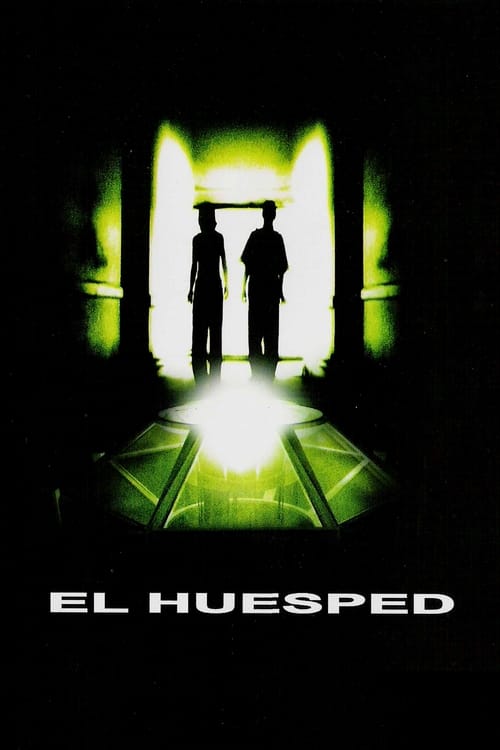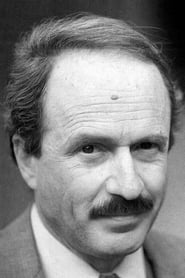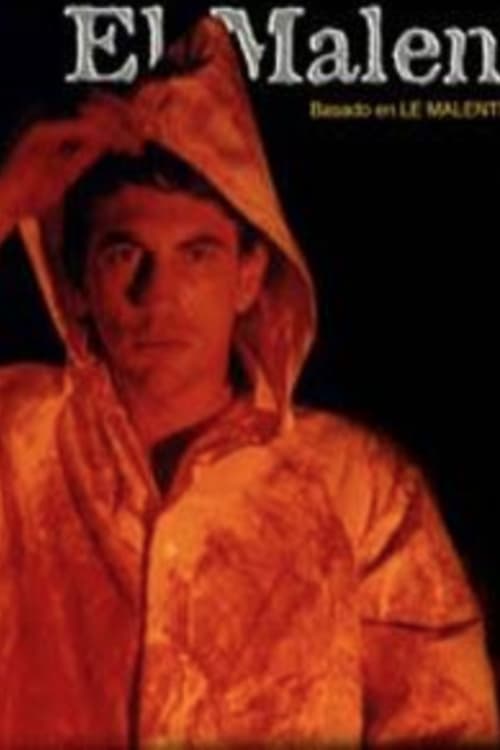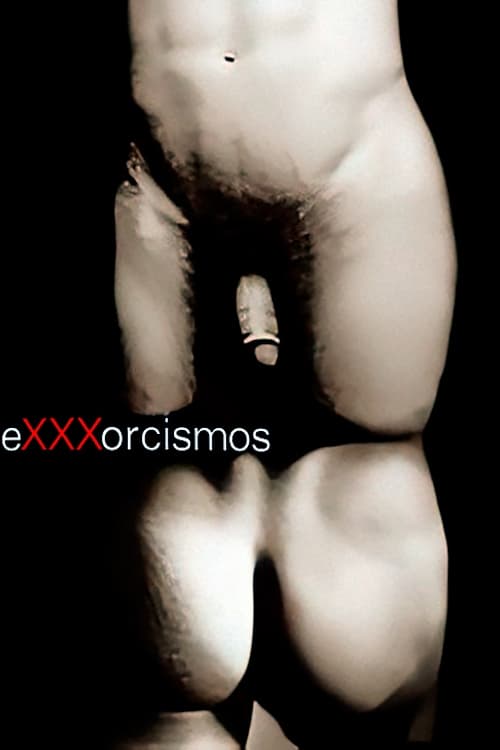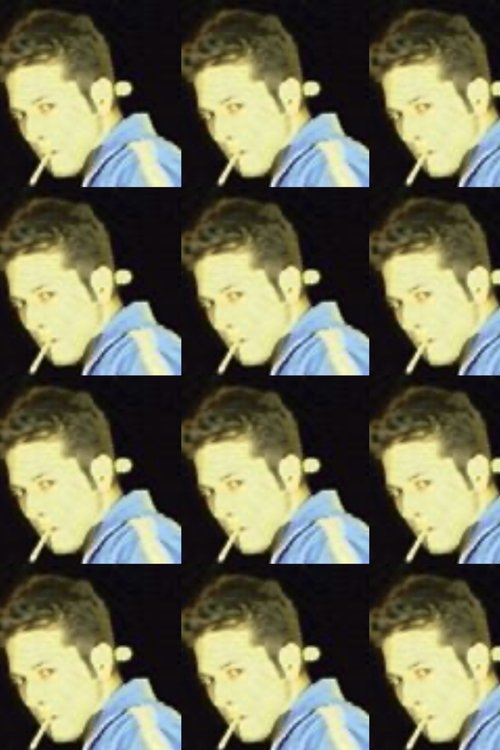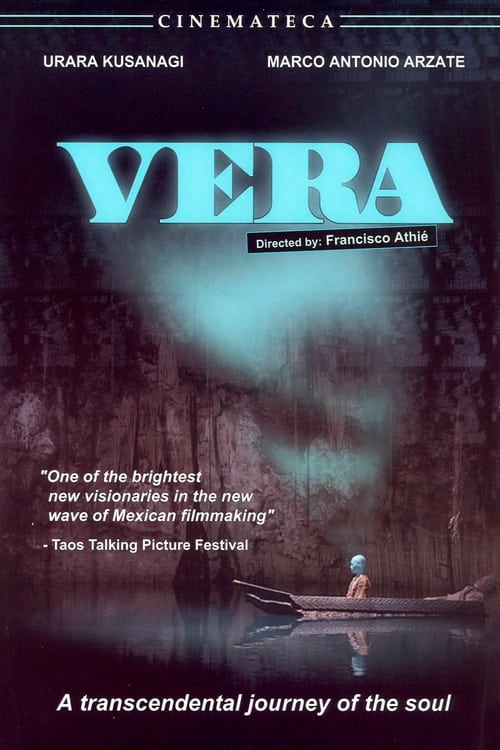
Ask Your Own Question
What is the plot?
On a dark, stormy night in an unnamed Latin American city, an old public hospital looms under flickering lights and the distant wail of alarms. The atmosphere is thick with unease as shadows stretch long across the hospital's decaying corridors. Inside, Dr. Humberto Gallardo, a tall, imposing figure with a haunted gaze, stands in a dimly lit laboratory deep within the hospital's basement. His eyes fixate on a large, reinforced steel containment unit sealed with complex locks. Muttering to himself, he says, "No one should have to suffer like this," a phrase heavy with guilt and desperation.
Meanwhile, five medical interns arrive at the hospital, each carrying their own fears and uncertainties. Alejandro, nervous and checking his watch, mutters, "We're late. The others are probably already inside." Lucía, seated in the main lobby with outdated furniture and flickering lights, flips through a medical textbook, complaining, "This place looks like it hasn't been updated since the 1950s." Diego, down in the damp, shadowy basement tinkering with a broken generator, jokes with a forced bravado, "If the lights go out, at least we'll have a real horror story to tell." Carla, organizing dusty files in the records room, stumbles upon a mysterious folder labeled "Project Chimera" and whispers, "What the hell is this?" Finally, Miguel arrives, parking his motorcycle outside, greeting the others with a hopeful, "I hope we don't get stuck here all night."
The five interns--Alejandro, Lucía, Diego, Carla, and Miguel--begin their night shift, unaware that the hospital harbors a dark secret. The hospital's corridors, long and shadow-filled, creak under the weight of their footsteps, while distant, unidentifiable noises echo through the walls. The basement, with its old medical equipment and the generator humming unevenly, holds the entrance to a secret laboratory where Dr. Gallardo conducts forbidden experiments.
As the night deepens, the interns' initial banter fades into tense silence. Diego heads back to the basement to fix the flickering generator, his flashlight beam cutting through the darkness. Suddenly, a guttural growl pierces the air. The creature, a grotesque half-human, half-animal hybrid born of failed genetic experiments, lunges from the shadows. Diego's scream is cut short as the creature drags him into the darkness. Later, his body is found, torn and lacerated, a grim warning of the terror stalking the hospital.
Back upstairs, Carla, driven by curiosity, pores over the "Project Chimera" folder in the records room. The folder reveals that Dr. Gallardo's experiments aimed to create a hybrid being to save his dying daughter, but the project spiraled out of control. As Carla reads, the creature silently enters the room. Before she can react, it attacks, tearing out her throat. Her lifeless body is discovered later, a chilling testament to the creature's savage nature.
Panic spreads among the remaining interns. Miguel, seeking refuge in the dormitory where the interns sleep during their shifts, is caught off guard as the creature breaks in. His muffled cries echo through the halls before silence falls again. His body, marked with multiple bite wounds, is found by Alejandro and Lucía, who are now desperate to survive.
Lucía, cornered in the hospital's main lobby, tries to escape through the flickering lights and outdated furniture. The creature closes in, relentless and merciless. As she runs, she gasps, "We have to stop this... before it's too late." But the creature's claws find her, ending her struggle in a brutal confrontation.
Throughout these horrors, Alejandro emerges as the group's reluctant leader. He confronts Dr. Gallardo in the secret laboratory, demanding answers. In the cold, sterile room filled with outdated genetic research equipment and vials of unknown substances, Dr. Gallardo's facade crumbles. He confesses with a heavy heart, "I created this... to save my daughter. But I failed. It became a monster I couldn't control." His voice trembles with guilt as he reveals he falsified data and covered up the creature's escape to protect his reputation.
The creature, intelligent yet driven by pain and confusion, breaks loose once more, stalking the hospital's corridors. Alejandro and Dr. Gallardo, forced into an uneasy alliance, use their combined medical knowledge and improvised weapons--scalpels, syringes, anything at hand--to weaken the creature. The tension mounts as the creature's growls echo, closing in on them.
In a final, desperate act, Dr. Gallardo rigs explosives around the laboratory. As Alejandro faces the creature in a brutal confrontation, sustaining severe injuries, Dr. Gallardo detonates the charges. The explosion engulfs the laboratory in flames and debris, destroying the creature and the evidence of the horrific experiments. Dr. Gallardo dies in the blast, a tragic figure seeking redemption through sacrifice.
Alejandro, battered and bloodied, survives the explosion. Emergency responders find him amid the ruins of the hospital. As he recovers in a hospital bed, he gazes at a photograph of his fallen friends--Diego, Carla, Miguel, Lucía--and reflects on the night's harrowing events. The final shot lingers on the destroyed hospital, a symbol of the horrors that unfolded and the price of unchecked scientific ambition.
In the quiet aftermath, Alejandro whispers, "Their suffering won't be forgotten," carrying the weight of survival and the scars of a night where humanity and monstrosity collided in the shadows of El huésped.
What is the ending?
In the ending of "El huésped," the protagonist, a young woman named Laura, confronts the truth about her family's dark past and the haunting presence that has been affecting her life. The film culminates in a tense and emotional climax where Laura faces the ghostly figure that has been tormenting her. Ultimately, she must make a choice that will determine her fate and the fate of her family legacy.
As the film draws to a close, Laura stands in the dimly lit hallway of her family's old house, the air thick with tension. The atmosphere is heavy with the weight of her family's secrets, and the walls seem to whisper the stories of those who came before her. She feels a mix of fear and determination as she prepares to confront the entity that has been haunting her since she returned home.
In a pivotal scene, Laura enters the room where the ghostly figure has been most active. The room is filled with shadows, and the flickering light casts eerie shapes on the walls. As she steps inside, the temperature drops, and she can feel the presence of the spirit surrounding her. The ghost, a manifestation of her family's troubled history, appears before her, its form both sorrowful and menacing.
Laura's heart races as she recalls the stories her mother told her about the family's past, the tragedies that have befallen them, and the unresolved pain that lingers in the house. She realizes that the spirit is not just a malevolent force but a representation of the grief and guilt that her family has carried for generations. In this moment of clarity, Laura understands that she must confront the truth of her family's history to break the cycle of suffering.
With tears in her eyes, Laura speaks to the spirit, expressing her sorrow for the pain it has endured and acknowledging the impact it has had on her life. She pleads for forgiveness, not just for herself but for her family as a whole. The ghost's expression shifts, and for a brief moment, it seems to soften, as if recognizing Laura's sincerity.
As the confrontation reaches its climax, Laura makes a choice to embrace her family's past rather than run from it. She reaches out to the spirit, and in a moment of catharsis, the ghost dissipates into a swirl of light, leaving behind a sense of peace. The oppressive atmosphere in the house lifts, and Laura feels a weight lifted from her shoulders.
In the final scenes, Laura stands alone in the now-quiet house, a sense of resolution washing over her. She looks around, taking in the familiar surroundings with a newfound understanding. The camera lingers on her face, capturing the mix of relief and sadness as she acknowledges the journey she has taken. The film ends with Laura stepping outside, ready to face the world beyond the confines of her family's troubled legacy.
The fate of the main characters is intertwined with this resolution. Laura emerges transformed, having confronted her family's past and found a way to move forward. The ghost, once a source of torment, is freed from its pain, symbolizing the possibility of healing and redemption. The film closes on a note of hope, suggesting that while the past may haunt us, it is possible to find peace through acceptance and understanding.
Is there a post-credit scene?
The movie "El huésped," produced in 2003, does not feature a post-credit scene. The film concludes its narrative without any additional scenes or content after the credits roll. The story wraps up with a focus on the psychological and emotional turmoil experienced by the characters, leaving the audience to reflect on the themes of isolation and the impact of past traumas.
What role does the setting play in the development of the plot?
The setting, primarily the family's isolated home, plays a crucial role in amplifying the tension and claustrophobia of the narrative. The house, with its dark corners and intimate spaces, becomes a character in itself, reflecting the emotional states of the family and the guest. The isolation of the setting heightens the sense of danger and entrapment as secrets unfold.
What is the significance of the character of the guest in the story?
The guest, who arrives at the family's home, serves as a catalyst for the unfolding drama. His presence disrupts the family's routine and brings underlying tensions to the surface, revealing secrets and desires that each character harbors. His enigmatic nature and the mystery surrounding his past create an atmosphere of suspense and intrigue.
How does the family dynamic change with the arrival of the guest?
The arrival of the guest alters the family dynamics significantly. Initially, the family is welcoming, but as the guest becomes more integrated into their lives, jealousy, suspicion, and hidden resentments emerge. The mother, in particular, becomes increasingly protective of her children, while the father exhibits a mix of fascination and unease towards the guest.
How does the character of the mother evolve throughout the film?
The mother begins as a nurturing figure, but as the guest's influence grows, she becomes increasingly anxious and protective. Her emotional state deteriorates as she grapples with her suspicions about the guest and her desire to maintain her family's stability. This evolution showcases her internal conflict between trust and fear, ultimately leading to a dramatic confrontation.
What are the implications of the guest's mysterious background?
The guest's mysterious background serves as a source of tension and intrigue throughout the film. His past is hinted at through fragmented conversations and interactions with the family, suggesting a history of trauma or danger. This ambiguity keeps both the characters and the audience guessing about his true intentions, adding layers to the narrative and influencing the family's reactions to him.
Is this family friendly?
"El huésped," produced in 2003, is not considered family-friendly due to its themes and content. The film contains several potentially objectionable or upsetting elements, including:
-
Violence: There are scenes that depict physical confrontations and threats, which may be distressing for younger viewers.
-
Psychological Tension: The film explores themes of paranoia and fear, creating an unsettling atmosphere that could be overwhelming for sensitive audiences.
-
Mature Themes: The narrative delves into complex adult relationships and emotional turmoil, which may not be suitable for children.
-
Dark Imagery: The visual style includes dark and moody cinematography that may evoke feelings of discomfort or anxiety.
-
Emotional Distress: Characters experience significant emotional struggles, including betrayal and isolation, which could be upsetting for some viewers.
Overall, the film's tone and subject matter may not be appropriate for children or those who are sensitive to intense emotional and psychological themes.

